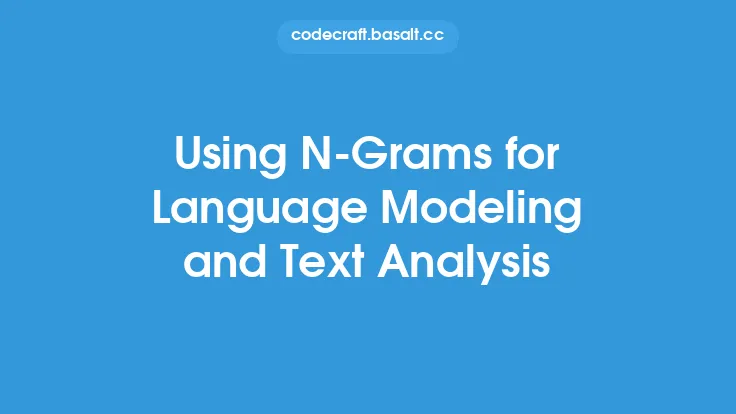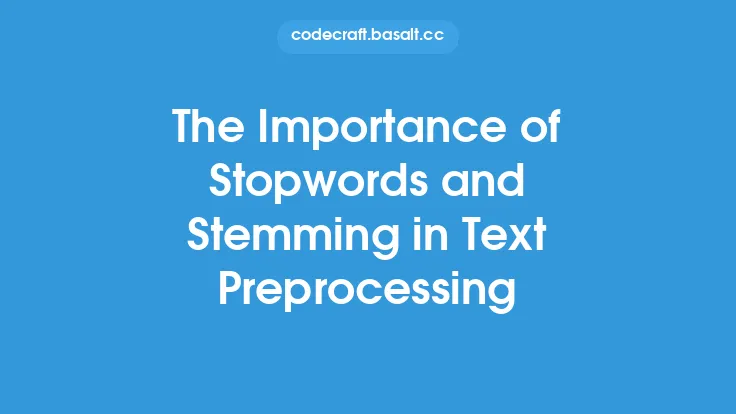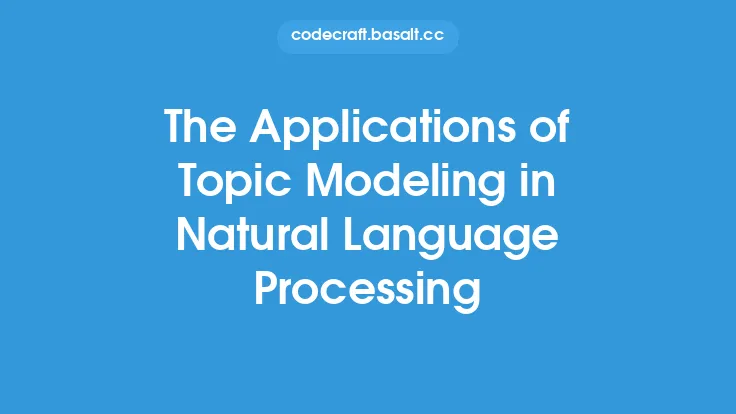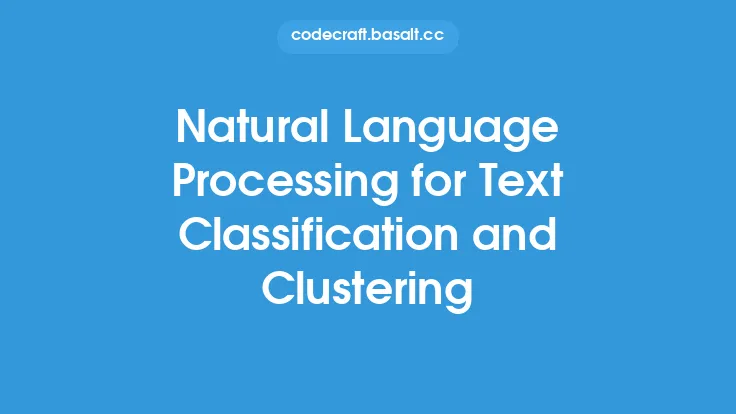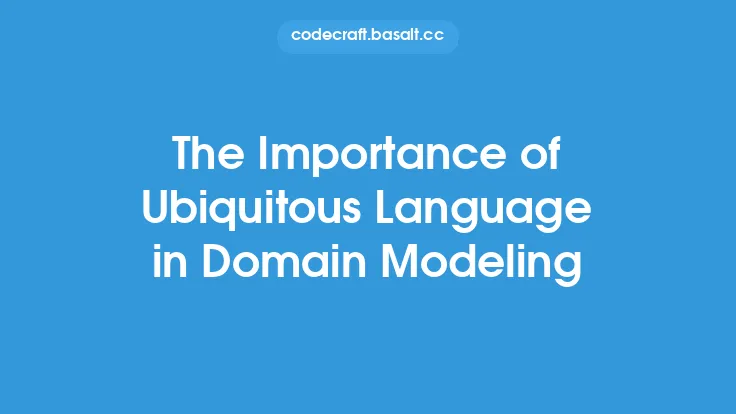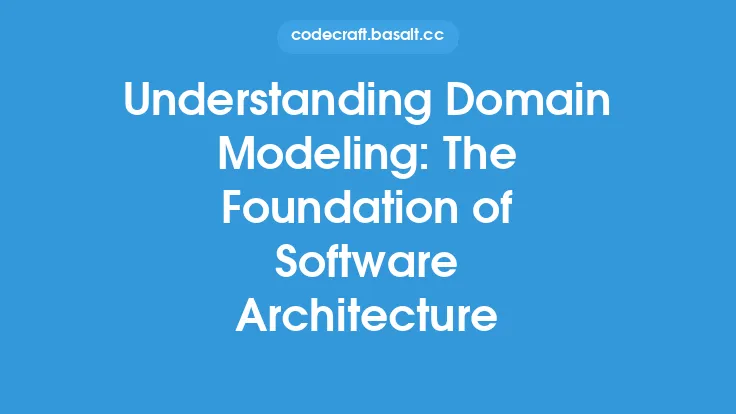Language modeling and text generation are fundamental components of natural language processing (NLP), a subfield of artificial intelligence (AI) that deals with the interaction between computers and humans in natural language. The goal of language modeling is to develop statistical models that can predict the probability of a sequence of words in a language, while text generation involves using these models to generate coherent and natural-sounding text. In this article, we will delve into the fundamentals of language modeling and text generation, exploring the key concepts, techniques, and applications of these technologies.
Introduction to Language Modeling
Language modeling is a crucial task in NLP, as it enables computers to understand and generate human-like language. A language model is a statistical model that predicts the probability of a word or a sequence of words in a language, given the context in which they are used. The context can be a sentence, a paragraph, or even a entire document. Language models are trained on large datasets of text and can be used for a variety of applications, including language translation, text summarization, and text generation.
There are several types of language models, including n-gram models, recurrent neural network (RNN) models, and transformer models. N-gram models are simple statistical models that predict the probability of a word based on the context of the previous n-1 words. RNN models, on the other hand, are more complex and can capture long-range dependencies in language. Transformer models, which are a type of RNN model, have become increasingly popular in recent years due to their ability to handle long-range dependencies and parallelize computation.
Text Generation Techniques
Text generation involves using language models to generate coherent and natural-sounding text. There are several techniques used in text generation, including language model sampling, beam search, and top-k sampling. Language model sampling involves sampling from the probability distribution of the language model to generate text. Beam search, on the other hand, involves generating a set of possible sentences and selecting the one with the highest probability. Top-k sampling involves sampling from the top-k most likely words in the language model to generate text.
Another technique used in text generation is sequence-to-sequence modeling. Sequence-to-sequence models involve using an encoder-decoder architecture to generate text. The encoder takes in a sequence of words and outputs a continuous representation of the input sequence. The decoder then takes this representation and generates a sequence of words. Sequence-to-sequence models are commonly used in machine translation, text summarization, and chatbots.
Evaluating Language Models and Text Generation Systems
Evaluating language models and text generation systems is a crucial task in NLP. There are several metrics used to evaluate language models, including perplexity, accuracy, and fluency. Perplexity measures how well a language model predicts a test set of data. Accuracy measures how well a language model generates text that is similar to the training data. Fluency measures how natural and coherent the generated text is.
For text generation systems, metrics such as BLEU score, ROUGE score, and METEOR score are commonly used. BLEU score measures the similarity between the generated text and the reference text. ROUGE score measures the overlap between the generated text and the reference text. METEOR score measures the similarity between the generated text and the reference text, taking into account the order of the words.
Applications of Language Modeling and Text Generation
Language modeling and text generation have a wide range of applications in NLP. One of the most common applications is language translation. Language models can be used to improve machine translation systems by providing a better understanding of the context and nuances of language. Text generation can be used to generate translations that are more natural and fluent.
Another application of language modeling and text generation is text summarization. Language models can be used to summarize long documents and generate concise summaries. Text generation can be used to generate summaries that are more readable and coherent.
Language modeling and text generation are also used in chatbots and virtual assistants. Language models can be used to understand the context and intent of user input, while text generation can be used to generate responses that are more natural and engaging.
Future Directions
Language modeling and text generation are rapidly evolving fields, with new techniques and applications being developed every year. One of the future directions of language modeling is the development of more advanced models that can capture long-range dependencies and nuances of language. Another future direction is the development of more efficient and scalable models that can be trained on large datasets.
For text generation, one of the future directions is the development of more controllable and flexible models that can generate text that is more tailored to specific applications and domains. Another future direction is the development of more evaluative metrics that can measure the quality and coherence of generated text.
Conclusion
Language modeling and text generation are fundamental components of NLP, with a wide range of applications in language translation, text summarization, chatbots, and virtual assistants. The goal of language modeling is to develop statistical models that can predict the probability of a sequence of words in a language, while text generation involves using these models to generate coherent and natural-sounding text. Evaluating language models and text generation systems is a crucial task in NLP, with metrics such as perplexity, accuracy, and fluency being used to measure their performance. As the field of NLP continues to evolve, we can expect to see more advanced and sophisticated language models and text generation systems being developed, with a wide range of applications in industry and academia.
